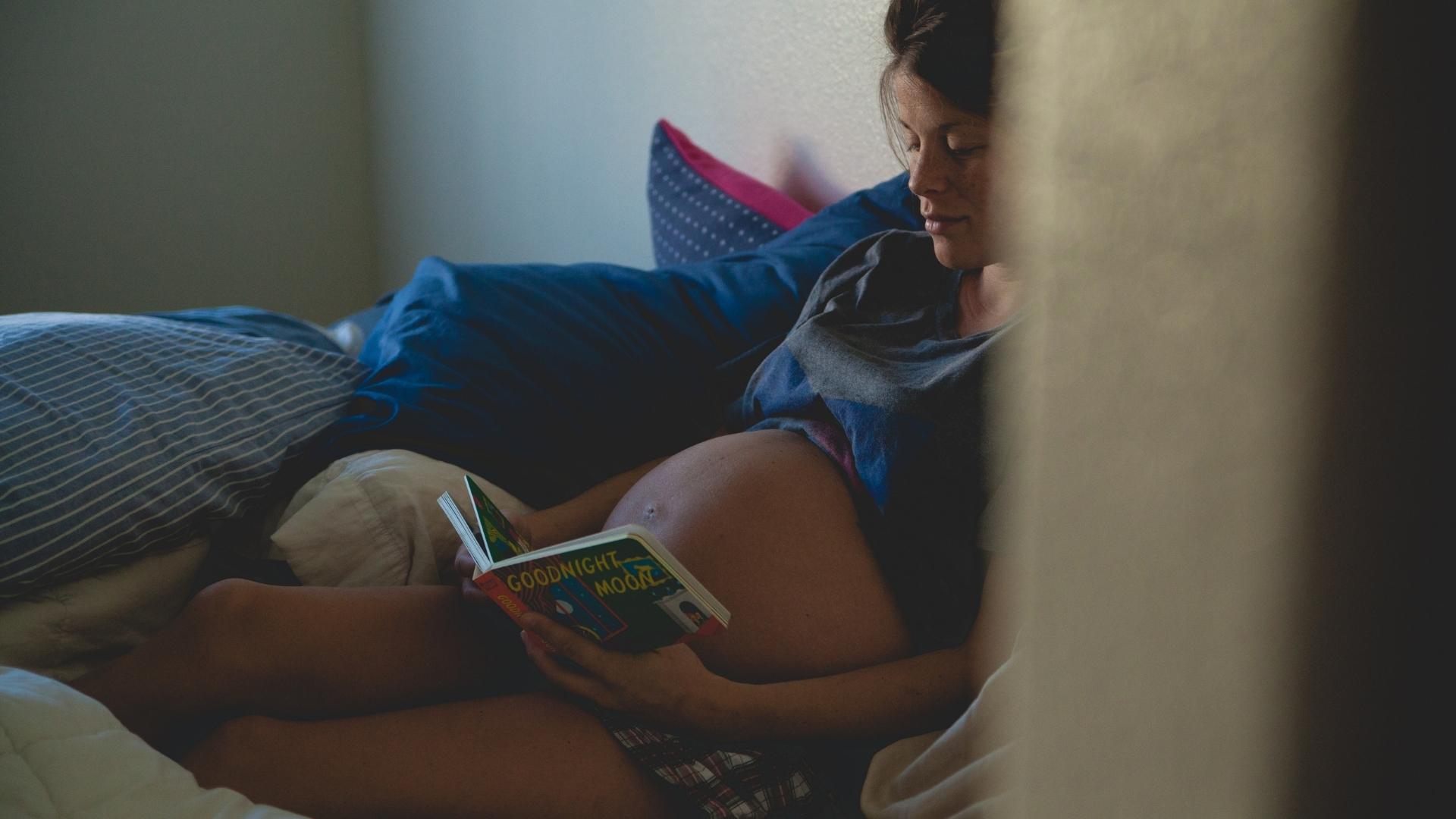In 2023, women are still risking their lives in childbirth. Well, not all women. In richer countries, expectant mothers and pregnant women have all the adequate means to carry their pregnancy to term safely. Elsewhere in the world, we still and always pay dearly for motherhood, as the latest report from the World Health Organization (WHO) deplores.
While we recently deplored 2 million perinatal infant deaths a year, 98% of which occurred in poor countries, 287,000 mothers or mothers-to-be died from giving birth in 2020.
Maternal perinatal mortality status
In 20 years, maternal perinatal mortality has decreased by a third. Since 2015, the numbers have stagnated and even increased in some regions of the world. According to the latest report on perinatal maternal mortality published by the WHO, 446,000 women died during pregnancy or childbirth in 2000, a ratio of 339 deaths for every 100,000 live births. In 2015, this ratio was 227. Five years later, this rate has stagnated at 223, or 287,000 women who died in childbirth in 2020.
These figures tell us that progress in terms of perinatal survival is unstable. Unequal healthcare systems and systemic discrimination continue to wreak havoc in countries perceived to be wealthy, such as the United States. Across the Atlantic, the maternal stillbirth rate increased by 17% according to dramatic disparities: the stillbirth rate is 19.1 among white women versus 55.3 among black women.
Terrifying as these examples are, maternal mortality primarily affects the poorest or conflict-torn regions of the world. In 2020, 70% of perinatal deaths occurred in sub-Saharan Africa. In these countries plagued by large-scale humanitarian crises, the death rate is double the global average.
Easily preventable deaths
Worldwide, a third of women do not benefit from even half of the recommended prenatal examinations or follow-up after delivery. These essential procedures help detect and treat common complications such as bleeding, hypertension or aggravation of comorbidities. Without proper treatment, these pathologies lead to many deaths.
While pregnancy should be a positive experience and bring great hope for all women, it sadly continues to pose an immense danger to the millions of people around the world who lack access to adequate quality care. (…) These new statistics reveal the urgency of ensuring that every woman and girl has access to essential health services before, during and after childbirth and that she can fully exercise her reproductive rights.
Dr Tedros Adhanom Ghebreyesus, Director General of WHO
Currently, half of the world’s population does not have comprehensive coverage that allows them to access all essential care for free. To enable everyone to benefit from adequate care, WHO is based on the principle of primary health care, i.e. a comprehensive care approach based on prevention, autonomy and collective involvement, in particular thanks to the mobilization and optimization of the material and human resources available. Its various treatment protocols are also designed to meet the specific needs and challenges of the affected populations.
By 2030, WHO aims to reach a ratio of 70 deaths per 100,000, which would require being able to guarantee access to basic health care for all women. Due to lack of funds and training, 1 million women are at risk of dying in childbirth over the next seven years.
Source: Madmoizelle
Mary Crossley is an author at “The Fashion Vibes”. She is a seasoned journalist who is dedicated to delivering the latest news to her readers. With a keen sense of what’s important, Mary covers a wide range of topics, from politics to lifestyle and everything in between.





